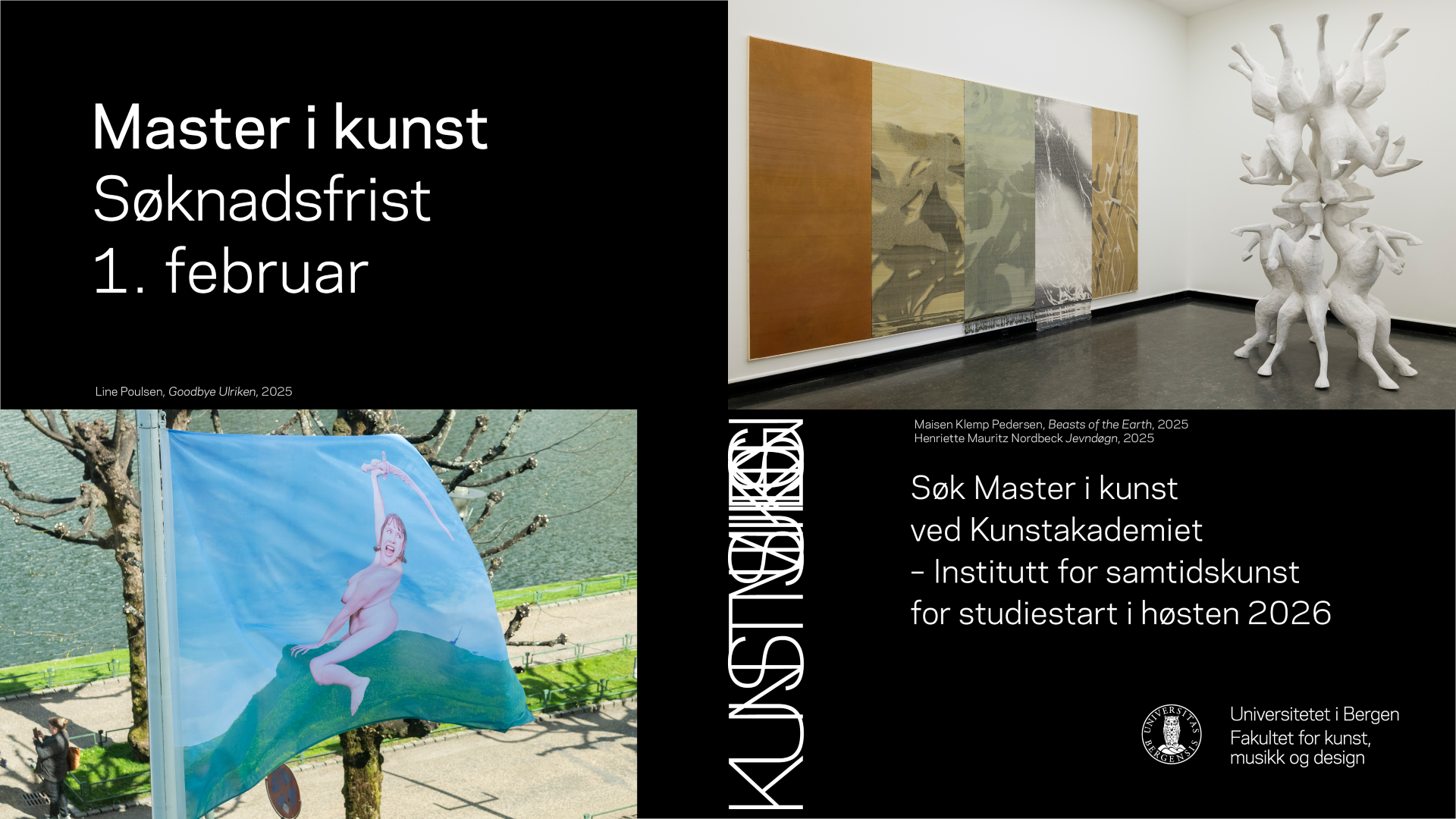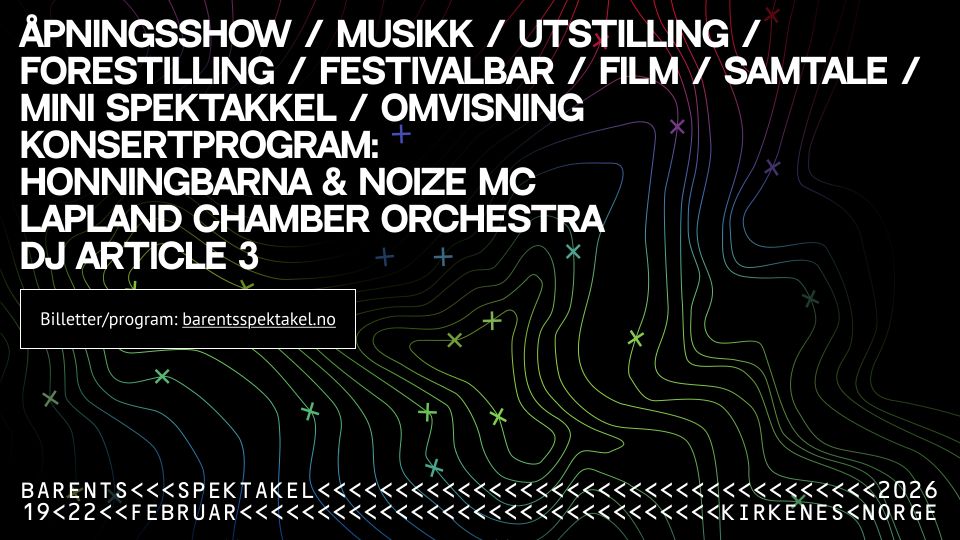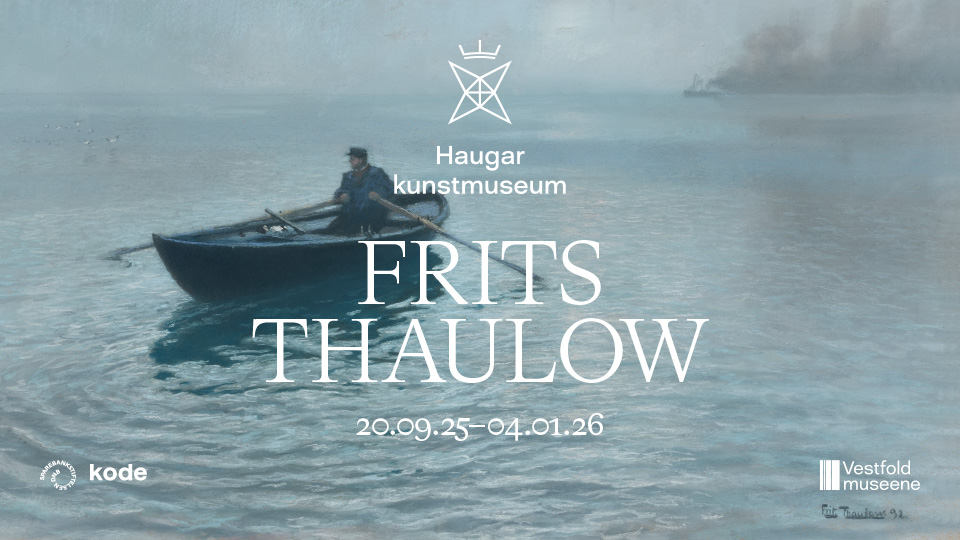
At the end of Arsenale’s long corridor, a giant video projection is shown in a separate space. The film, data-verse (2019) by Ryoji Ikeda, consists of a composition of data visualisations: advanced, dynamic cloud diagrams in 2D and 3D; vast maps that are expanded, rotated, and layered; endless charts and lists that sweep, swarm, and flicker against the screen’s black background. What types of data that are packaged and visualised in the film is unclear, but also irrelevant. The giant dimensions of the screen, the high resolution of the image, and the frenetic pace of the editing combine to make the experience overwhelming, illegible – which seems to be the very point. Contemporary techniques designed for managing ungraspable data sets are themselves deployed for generating images that set our cognitive capacity out of play.
The display, accordingly, is mainly technical. Digital instruments which could be used for rendering intensely complex data sets comprehensible, are here instead employed to showcase the technology itself. This appears to have little to do with critical self-reflexivity – there are no apparent attempts to such effect in the film – and more to do with a desire to present the technology as a sublime spectacle: an artificial, techno-scientific miracle at an inconceivable scale, beyond human capacity or needs. What is fetishised in Ikeda’s film is the global techno-sphere as such.

At the other end of Arsenale, Ed Atkins has been assigned a room of his own, or at least a part of one. Taking up the obscure space is Old Food (2017–2019), an installation with elements in different media: digital animations; dark, distressed panels with various texts; clothes racks with garments in tight rows. The films resemble Atkins’s earlier ones: synthetic, computer-generated, aggressively intimate images of postdigital materialities and posthuman bodies. The texts concern themes relating to Atkins’s works and the contexts in which they are shown, such as the affective charge of his CGI figures, or the body of the exhibition visitor in a digital surveillance economy – but they are authored in a sort of satirical ‘art speak’, an ironic jargon that mocks its own pretensions. I do not understand the purpose of the clothing racks in the installation, but they add a fateful aura to the whole, a kind of strangely misplaced faux Boltanski gravitas.
What is clear, however, is that Atkins wants to assume many positions simultaneously. He wants to defend his reputation as an artist at the forefront of digital development. He wants to assure us that he is aware of the debates surrounding the problematic effects of the digital techno-sphere. And he wants to let us know that he thinks such critique is a bit tiresome, dated. He wants to cover his bases, in short, and the effect is, of course, that the different positions cancel each other out: the experimental enthusiasm is suffocated by the critical-ironic discourse; the critique is obfuscated by its own self-parodying mode of address. What remains is a room filled with anxious art with high production value.
Atkins’s and Ikeda’s works are, in many ways, representative of Ralph Rugoff’s main exhibition at the 58th Venice Biennale, May You Live In Interesting Times (a title, we might note, that succeeds with the impressive feat of being at once completely bland and offensive). Almost all of the works in the exhibition belong to the same contemporary world of postdigital forms and techniques; a world, that is, where the digital paradigm exerts a governing influence over analog forms, techniques, and materials. There are also clear thematic links between many of the works of the seventy-nine participating artists. “May You Live In Interesting Times,” writes Rugoff in the exhibition catalogue, “has been formulated in the belief that an exhibition, like a work of art, is most deeply engaging when it provokes a vivacious inquisitiveness and encourages us to wonder and to question, and to try to better understand how different pieces of the world fit together.”

Postdigital convergence
So: patterns and orders can be traced in the exhibition, artistic tendencies and curatorial selection principles can be discerned. Among recurring elements are sculpture and assemblage works that borrow freely from the formal repertoire of Cubist sculpture, the Pop object, and arte povera, but using contemporary, postdigital techniques and materials. We could mention Gabriel Rico’s assemblage works, such as Multis Utile Bellum (2017), where abstract forms in simple, low materials are combined with disused media-technological objects and different kinds of everyday cultural debris; or Carol Bove’s sculptures, such as Nike I (2018), which merge the New Realist predilection for the worn-out or destroyed industrial object (think of Arman’s collections of mass-produced consumer items, or César’s mashed cars), with Claes Oldenburg’s colourful, smooth, plastic surfaces.
Among other recurring elements are figurative paintings and photographs where the pictorial surface serves primarily as a scene for the staging of different modes of subjectivity. Here we could mention Avery Singer’s hybrid airbrush paintings/3D renderings, which in a conspicuously trashy style evoke the postdigital everyday life of a young American artist (as in Calder (Saturday Night) [2017]), and Zanele Muholi’s “visual activism” series Faces and Phases (2006–ongoing), showing proud black lesbians in South Africa in large, half-length photo portraits which are installed at regular intervals in Arsenale and in the main pavilion’s labyrinth.

There are also a number of works which can be described mainly as tech showcases demonstrating the spectacular effects of new software and devices. We can mention Ikeda’s film, but also Cyprien Gaillard’s technically advanced trifle, L’Ange du foyer (Vierte Fassung) (2019), an animated figure from Max Ernst’s famous painting from 1937, which appears to hover in space in the midst of the large rotunda in the main pavilion in the Giardini, or Dominique Gonzalez-Foerster’s virtual reality work Endodrome (2019), about which I can only say that I do not understand what this technique, which is based on radical disembodiment and exclusion of the physical environment, has to do in an exhibition (not least because the waiting time to experience the work was prohibitively long already during the relatively empty, first press preview).
Absence of critique
May You Live In Interesting Times is also characterised by manifest exclusions. For example, the tradition of critical formalism is almost completely absent. Traces from the adventures of painterly abstraction, visual echos from minimalist stylistic techniques, and references to conceptual art and institutional critique leak into certain artworks at the level of style – as pastiche, or as thematic complement – but hardly one single work in the exhibition actively inscribes itself into these traditions. This is a postcritical rather than a postconceptual exhibition.
Which does not mean that the critical tradition is absent from this year’s Venice Biennale as a whole, but it can only be found outside of the main exhibition. In what is perhaps this year’s best national pavilion, the Spanish one, the sculptors Itziar Okariz and Sergio Prego deploy a composition of bodies and voices, forces and signs, providing a sort of spatial articulation of art’s physical and political conditions (Perforated [2019]). The exhibition’s “aesthetics of silence,” proposed by way of a suite of sculptures, films, and performances that play with the architecture and the display conventions of the pavilion, provides a moment of at once repose and tense concentration in the busy clutter of the Giardini.

And in the impressive pavilion of the Republic of North Macedonia, Nada Prlja directly addresses the issue of the critical tradition’s contemporary challenges and possibilities, in an exhibition that seeks to restore the political history of mural painting in late socialist-era Skopje (Subversion to Red [2019]). Throughout the rooms in the pavilion’s dilapidated Venetian palace, Prlja has installed, among other things, a group of paintings which recreate and restage details from a suite of murals made by Borko Lazeski in 1981 for the since-disused main post office in Skopje (Department of Conservation and Restoration [2015–2019]). In connection to the pavilion’s opening, a panel discussion about art and politics was also filmed (Red Discussion 2, with participants such as Chantal Mouffe, Charles Esche, and Maurizio Lazzarato), which may perhaps provide some nourishment for the intellectually starved visitor to Rugoff’s exhibition (video from an earlier discussion in the same series can be found here).
Interesting crisis
In any case, the main exhibition’s lack of interest in the critical project speaks to a more fundamental problem. May You Live In Interesting Times exclusively features works by living, active artists. It is firmly entrenched in a contemporary world of techniques and materials, possibilities and problems. Essentially all aspects of the crisis of the global present are represented in one or several works in the exhibition. Climate apocalypse, systemic racism, rampant global inequality, the persistence of patriarchy, the destruction of the public sphere on the part of monopolised digital media – the list of problems and injustices that are referenced in the exhibition’s different works is long, perhaps even exhaustive (possibly, this is what the title’s “interesting times” refers to).
From Arthur Jafa’s attempt to create a critical concept of whiteness against the background of the systemic racism of US society in The White Album (2019) – another work that was almost impossible to properly see during the overcrowded preview days at the main pavilion in Giardini – to Teresa Margolles’s assisted readymade La Búsqueda (2014), a brutal monument to murdered and disappeared women in Ciudad Juárez, Mexico; and from Christine and Margaret Wertheim’s collectively crocheted coral reefs (Bleached Reef [2005–2016]), to Anthony Hernandez’s photo series Pictures for Rome (1998–1999), which documents the modern architectural ruins left behind by neoliberal ‘redevelopment’ enterprises in Rome, together the different contributions to Rugoff’s exhibition form a radically heterogeneous, unorganised representation of the crisis of the global present.

If there is one overriding political-aesthetic task today, it is to transform such heterogeneity into an assembled image of these different problems, which could make it possible for us to grasp them as one common problem, but without assigning political or logical priority to any of its aspects, without dismissing any one of those aspects as secondary to the others. Only in this way can it become possible to imagine a real political alternative to the present. This is the problem of organisation, and it is not addressed by May You Live In Interesting Times, which instead consigns all politics to the level of the individual artwork. “From the acceleration of climate change to the growing disparity of wealth in nations, contemporary matters of concern are addressed in many of the works in this exhibition,” Rugoff writes in the catalogue, but then immediately adds a reservation: ”But let us acknowledge that art is more than a document of its time” (which is right, but why should this mean that art can not address “contemporary matters of concern”?).
Composition of the world
An exhibition might help us “understand how different pieces of the world fit together,” Rugoff enthusiastically writes in the same text, and it is difficult not to agree with him. An exhibition is a complex aesthetic object, and an exhibition the size of a biennial – and perhaps the Venice Biennale, in particular – is a hypercomplex such object. In theory, it should, with its inherently collective, multimedia, and dynamic form, be specifically suited for commanding precisely such heterogeneity, for producing an image whose complexity and scale might respond to the complexity of the crisis of today.
This is not to expect a miracle, or to ascribe magical capacities to the exhibition. It is merely a question of the level at which it attempts to assert itself. When Peter Osborne talks of our art historical moment as the “age of the biennial,” he means, among other things, that biennials, through the complexity of their formal and temporal structures, have the potential to represent the structure of contemporary global capitalism. Okwui Enwezor’s edition of the Venice Biennale four years ago was an attempt to produce an assembled image at such a global, even universal level. It failed, but the failure was interesting.

May You Live In Interesting Times does not venture to formulate any such assembled representation, neither discursively nor more generally through the aesthetic-semantic compositions in the exhibition spaces. The exhibition’s single strong curatorial device, to invite the same group of artists to participate with different works at Arsenale and in the main pavilion in the Giardini – sculptures by Nicole Eisenman in one place, paintings in the other; posters by Ed Atkins in one building, a multimedia installation in the other, etc. – is in itself empty: it tells us only that one and the same artist can work with different styles and materials, which should hardly surprise anyone.
Apart from this, all attempts to organise the exhibition as a whole appear to be of a technical and practical nature: they concern exhibition design, spatial arrangement, the programming of visitor movements and gazes. Unlike Enwezor, Rugoff seems to have devoted some care to establishing order, variation, and rhythm for the visitor’s passage through the exhibition spaces in Arsenale, administering appropriate doses of attention and distraction: a group of sculptural grotesques by Cameron Jaime, produced using traditional craft techniques and materials (Smiling Disease [2008]), is placed next to a technically hyperadvanced film installation featuring images of artificial flowers and AI-generated tourist vistas, by Hito Steyerl (This is the Future [2019]); Gabriel Rico’s slow assemblages of found objects and faulty electronics, are placed next to Khalil Joseph’s high-paced collage of YouTube clips and music videos (BLKNWS [2018–ongoing]), etc.
At the 58th Venice Biennale, the organisation of the whole is a question of the administration of experience, in other words, whereas politics can only be expressed at the level of the individual artwork. Which is to say that Rugoff’s exhibition does not attempt to assert itself at the conceptual level of politics at all. Or, to conclude with a Venetian aphorism: artists make art, the rich own our wealth, politics is the domain of philanthropy.









